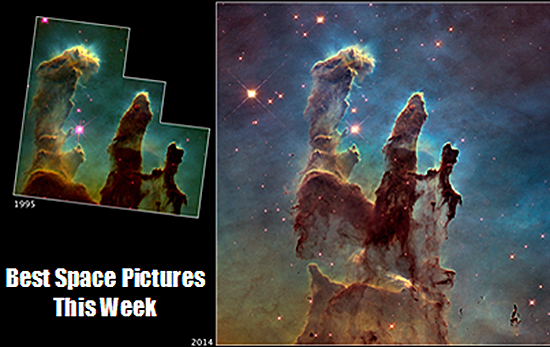
Week's Best Space Pictures: Pillars Bloom, a Star Illuminates, and a Moon Sets
By Jane J. Lee, National Geographic News, 9 January 2015.
By Jane J. Lee, National Geographic News, 9 January 2015.
Hubble revisits an iconic place in space, a star lights up Saturn's rings, and a wolf moon sets in this week's best space pictures.
1. Creation Revisited
NASA released a new picture of an old friend this week after the Hubble Space Telescope snapped an image of the Pillars of Creation.
The iconic telescope first captured this small section of M16, the Eagle Nebula, in 1995, revealing three towering pillars of gas courtesy of nascent stars. But despite their ethereal appearance, this is no gentle cradle of life.
In fact, the birth of stars in this area is so violent, atoms of gas are torn apart in a process called ionization. Charged particles and radiation whip into celestial winds so chaotic they blast away the tops of the pillars, as seen in the leftmost column. (See "Hubble Revisits an Icon, the Pillars of Creation.")
2. Stellar Backlight
Light from a distant star (white spot in lower third of image, next to darker line) backlights Saturn's rings, giving astronomers the ability to analyze details of the planet's most famous feature. Their analysis is possible because of changes in the star's illumination as it passes behind the rings. (See "In Saturn's Rings, a Portal to the Planet's Interior.")
3. 19th-Century Tantrum
A volatile double-star system dubbed Eta Carinae - located 7,500 light-years away from Earth - exploded in 1840, creating the Homunculus Nebula, seen here in a Hubble image. The expanding ball of gas and star-stuff is now a light-year across and contains enough material to make ten of our suns. (See "Stunning 3-D Models Reveal Bizarre Double Star Acting Up.")
4. Port of Call
A four-mile-long pier (6.5 kilometres) extends into the Gulf of Mexico from Progreso (map), a town in the Mexican state of Yucatán. The image, released January 4, shows dark, turquoise-coloured water streaming from the top part of the pier like a ragged flag.
This newer, seaward part of the pier is built atop a solid barrier, which prevents sediment from the east (right side of the picture) from flowing under the dock. That's what gives the water its darker colour. The older part of the pier (closer to shore) is built on arches, which allow sediment to pass, creating the lighter-coloured turquoise near the bottom of the image.
5. A Wolf Moon
Photograph by Babak Tafreshi, TWAN
Near dawn on January 5, two windmills squat beneath the first full moon after the winter solstice, called a wolf moon. The royal blue sky over Fuerteventura (map), in the Canary Islands, provides a velvety backdrop.
Photo gallery by Mallory Benedict.
Top image: Comparison of the 1995 and 2014 Eagle Nebula's "Pillars of Creation" images. Credit: NASA.
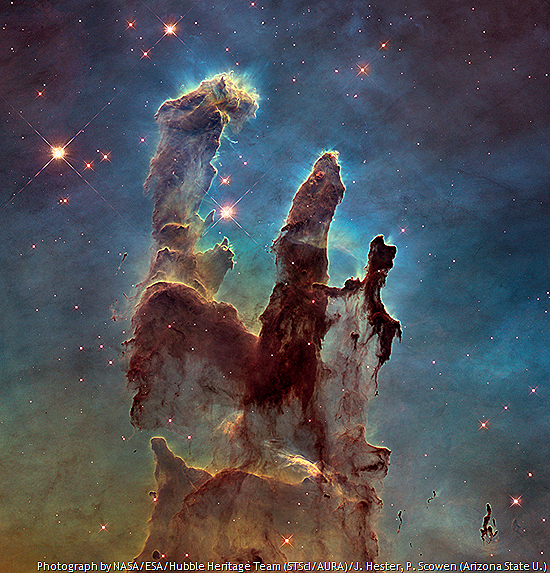
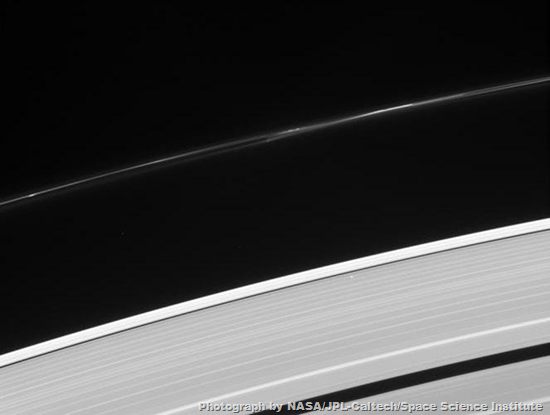

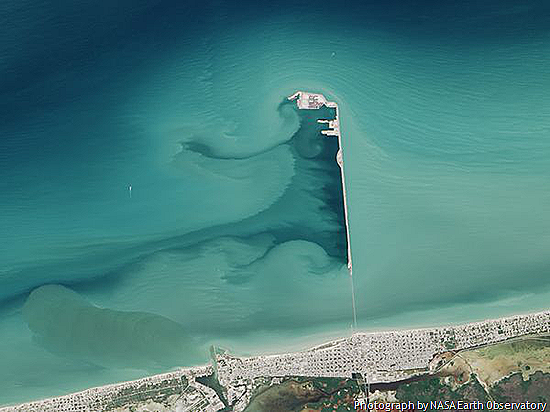
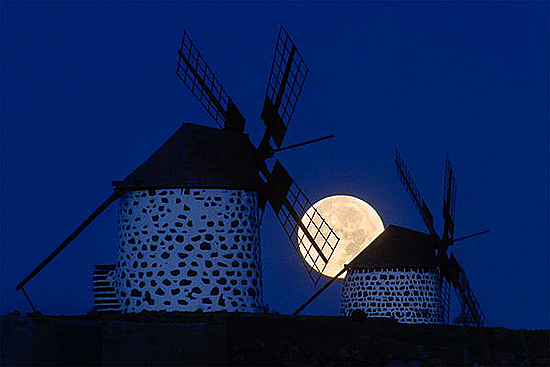
No comments:
Post a Comment
Please adhere to proper blog etiquette when posting your comments. This blog owner will exercise his absolution discretion in allowing or rejecting any comments that are deemed seditious, defamatory, libelous, racist, vulgar, insulting, and other remarks that exhibit similar characteristics. If you insist on using anonymous comments, please write your name or other IDs at the end of your message.